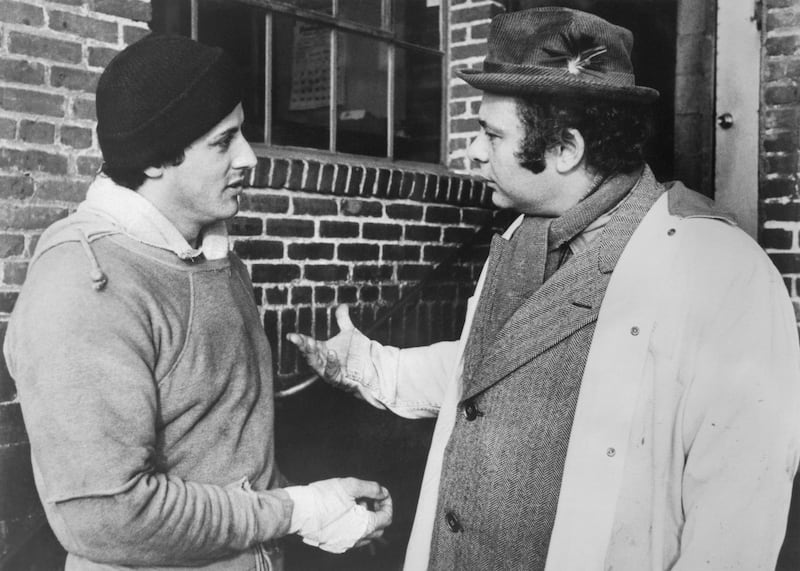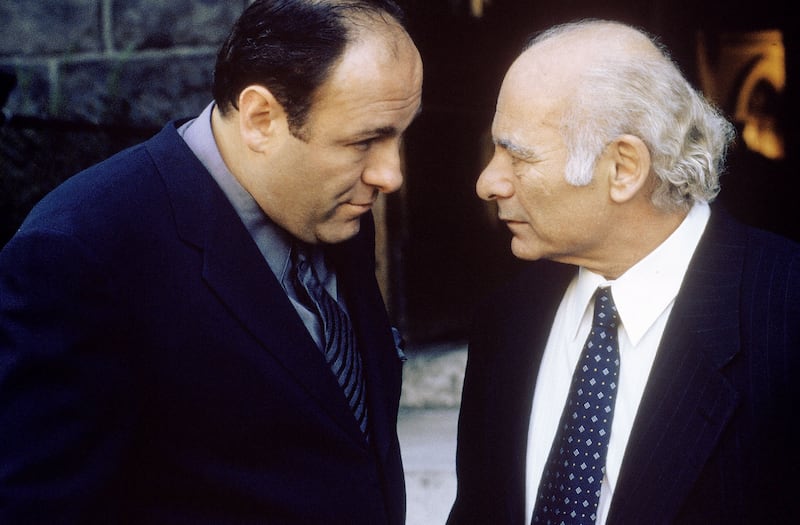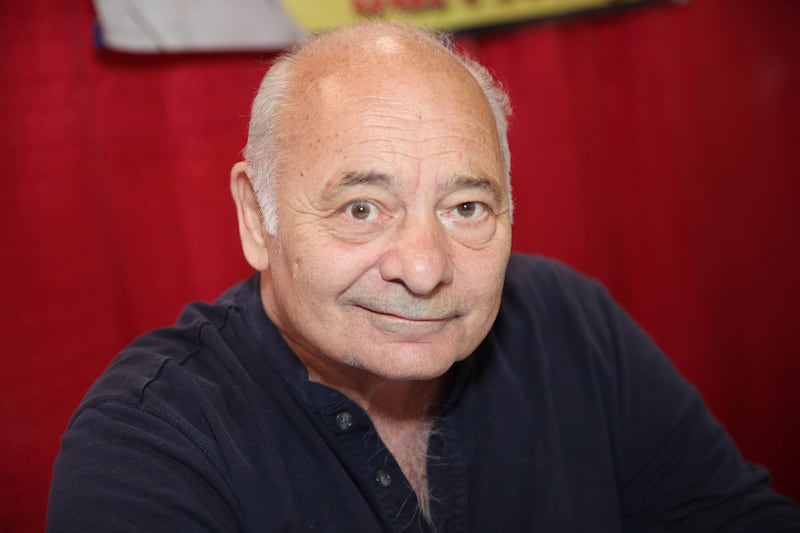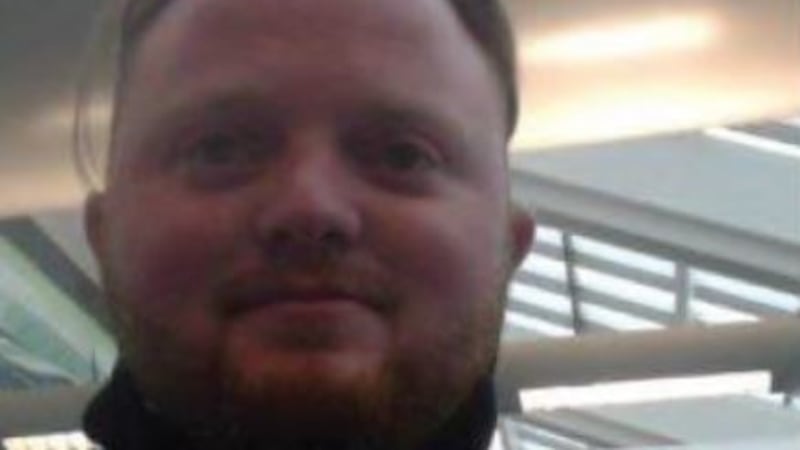In the space between Muhammad Ali losing and wresting his title back from Leon Spinks, Howard Bingham, his best friend and personal photographer, ran for a congressional seat in California. Ali helped the only way he knew how, agreeing to fight a night of celebrity exhibition bouts at the Olympic Auditorium in Los Angeles. Among those climbing through the ropes to face him that May evening in 1978 were a bullish Marvin Gaye, a dishevelled Richard Pryor, an emaciated Sammy Davis Jnr, and Burt Young, the latter then in the first flush of genuine fame as Paulie, Philly meatpacker, misanthropic brother-in-law, and occasionally useful cornerman to Rocky Balboa.
If the other three icons didn’t need any promotion ahead of the political fundraiser, Ali tried to sell tickets for his contest with Young as if it was a heavyweight title clash, taking to the microphone at a press conference and taunting, “Baldy Paulie will go down in two.” The actor danced with the champ for three rounds and dined out on the anecdote right up until his death last week at the age of 83.

Although he gained later renown as a painter of note, his highlight reel stretched to 168 credits on big screen and small. He had memorable turns on television shows that defined the different eras, from The Sopranos to Miami Vice, The Rockford Files to Law and Order, and scene-stealing cameos in movies of the calibre of Once Upon a Time in the West, Chinatown, and The Pope of Greenwich Village.
Then there was Paulie Pennino, a career-defining role across six iterations of the franchise, he took the part only after Sylvester Stallone squatted down next to him in a Los Angeles commissary and said, “Mr Young, I wrote Rocky. You gotta do it!”
READ MORE
He was the highest paid member of the cast in the first outing, wearing extra layers of clothes to make Paulie wider, and playing him “burly on the outside, and all quicksand inside”. Bringing serious boxing nous to the set, some of Young’s improvised suggestions, such as Rocky doing his road work with a brick in each hand, were incorporated into Balboa’s initial training regime because Stallone knew his co-star came with genuine ring pedigree. Useful on a shoot where John Avildsen, the director, knew nothing of the fight game.
Having persuaded his father, a sheet metal worker, to lie about his age so he could enlist in the military as a 16-year-old high school dropout who was already “half a hoodlum”, Young learned to box in the US Marines. Amassing an impressive 32-2 ledger in fights against others in the service, the kind of eye-catching record that persuaded him to turn pro. There, he worked under Charley Goldman, fabled trainer of Rocky Marciano, and was briefly managed by Cus D’Amato who looked after Floyd Patterson, and later, most famously, Mike Tyson.

Young could regale people with boxing yarns about the various off-Broadway arenas around New York where he lost teeth or incurred the type of scars becoming the face of a character actor. There is some dispute about the exact nature of his professional record. In many interviews, he claimed he went 14-0, in others, he amplified it to 17 straight wins. This may be partly down to the different versions of his birth name in circulation, Gerald Tommaso DeLouise being probably the most used. Further confusion about his pugilism reigns because of the fact he often earned extra cash fighting under different aliases out of state. Tough row to hoe.
“To go into Massachusetts with no trainer or manager was something,” said Young, born and reared in Corona, Queens. “The guy in the other corner always would look twice as big. Walking up those steps was like going to the electric chair. You had to start finding buttons in yourself to press so that you’d look better walking up those steps.”
[ Mike Tyson, Tupac Shakur and the fight night that ended with a fatal shootingOpens in new window ]
In the foothills of the sport in the 1960s, his biggest payday was $400. A hard living made worse by his own tendency to book fights at two weeks’ notice, knowing he would have to rapidly plane 30lbs from his frame to box at his preferred middleweight. Even though he also dabbled in co-managing boxers in the 1980s, when he was asked to Grand Marshal the Parade of Champions preceding the annual induction of new members into the International Boxing Hall of Fame at Canastota in 2009, it probably had much more to do with his filmic than his fistic achievements.

“Fighting was in my nature,” said Young. “But you’re never sad giving up boxing. Who gets sad about not being punched in the face?”
The pivot from ring to stage came about by accident when a barmaid he was pursuing mentioned she wanted to study at the Actors Studio in New York under Lee Strasberg. Then moonlighting as a carpet layer, Young thought the storied teacher was a woman until Strasberg invited him to audition and reckoned him to be “an emotional library”.
After a lifetime spent getting by on jobs requiring only “sweat and bravado”, he had found his true calling. He was nominated for a Best Supporting Actor Oscar for Paulie, a character probably best described by the critic Roger Ebert as “defeated and resentful, loyal and bitter, caring about people enough to hurt them, just to draw attention to his grief.”
The performance of his lifetime.

















